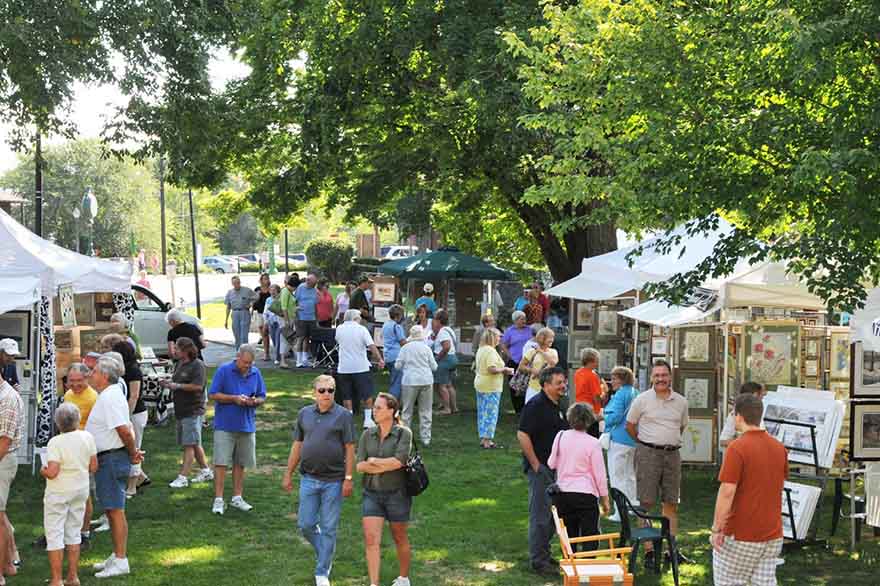There really is no place quite like Lititz, and visitors should plan time there while in Amish Country. The Lititz story is tied to that of the Moravian faith in Bohemia. As was the case with other persecuted religious groups in Europe, many Moravians sought freedom in the New World, arriving in the early 1700’s, with settlements in Pennsylvania and North Carolina. In 1755 the town actually took the name Lititz, the German spelling for Lidice, where European reformers had taken refuge in the 15th century.
Our Lititz Advertisers
Music and education were important to the Moravians. In fact, the Lititz schoolhouse erected in 1746 marked the beginnings of what was to be Linden Hall, the oldest continuously operating residence school for girls in the United States.
For one hundred years, Moravian church members were the only people permitted to live in the town. It was not until 1855 that non-Moravians were allowed to own their own homes. The complex of buildings comprising the Moravian congregation is well worth seeing, particularly the church built in 1787.
One name is linked forever with the history of Lititz — Julius Sturgis. It was Julius Sturgis who opened the first commercial pretzel bakery in the New World in Lititz. The year was 1861, and the site at 219 East Main Street is on the National Register of Historic Places. A tour of the bakery, still in operation, is unlike any other and well worth your time.

